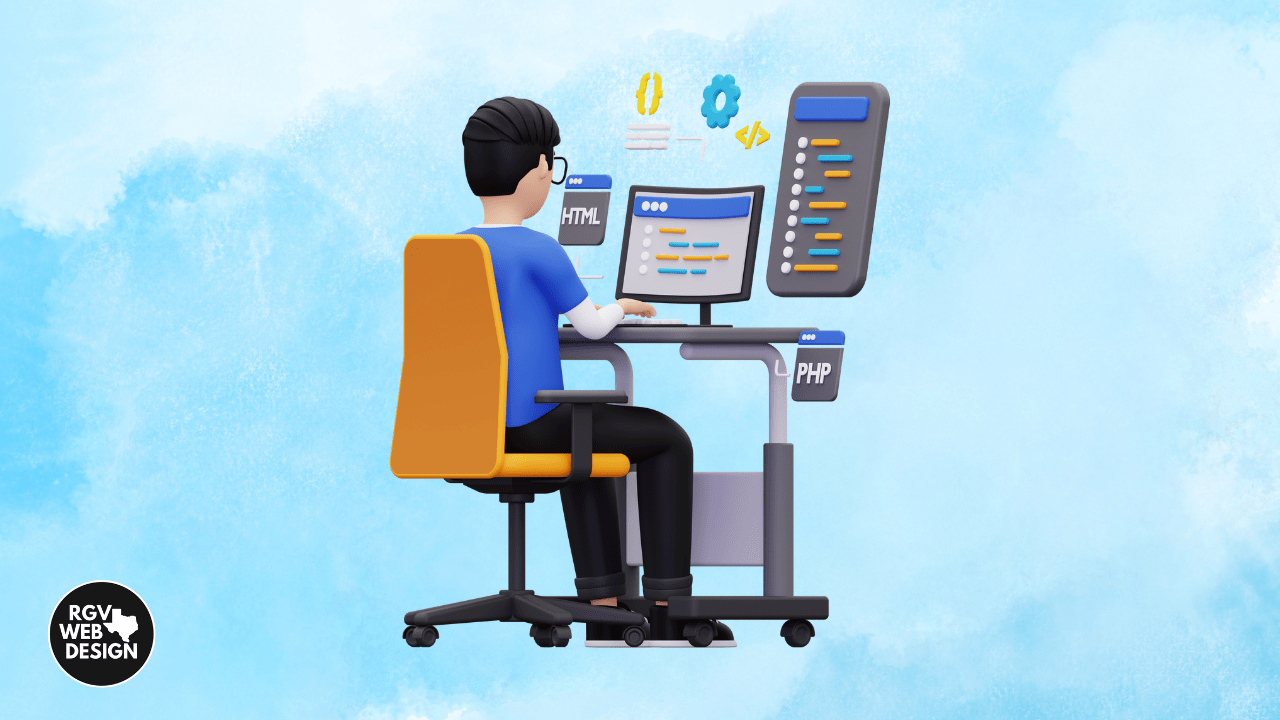
In the ever-evolving landscape of digital innovation, app development stands as a testament to the intersection of creativity, functionality, and technological prowess. For the best app developers in Texas, including top app developers and app designers in the RGV (Rio Grande Valley) region, understanding the nuanced process of app development is essential. This article will serve as a comprehensive guide, outlining the stages and intricacies that programmers and agencies should navigate to create exceptional apps in the realm of Texas app development.
1. Ideation and Planning:
- Define Objectives:
- Clearly articulate the purpose and goals of the app.
- Consider user needs, market trends, and the unique value proposition.
- Market Research:
- Conduct thorough market research to identify competitors and opportunities.
- Analyze user behavior, preferences, and pain points.
2. Design and Prototyping:
- User-Centric Design:
- Engage app designers to create an intuitive and visually appealing user interface (UI).
- Prioritize user experience (UX) to ensure seamless interactions.
- Wireframing and Prototyping:
- Develop wireframes and prototypes to visualize app functionalities.
- Gather feedback from stakeholders to refine the design.
3. Development:
- Select Appropriate Technology Stack:
- Choose a technology stack based on the app’s requirements.
- Consider factors like scalability, security, and platform compatibility.
- Coding and Programming:
- Employ best coding practices to build the app’s backend and frontend.
- Collaborate closely with top app developers in Texas to ensure code quality and functionality.
4. Testing and Quality Assurance:
- Comprehensive Testing:
- Conduct rigorous testing across various devices and platforms.
- Address issues related to functionality, performance, and security.
- User Testing:
- Engage real users to provide feedback on usability and identify potential improvements.
- Iterate based on user testing results.
5. Deployment:
- App Store Optimization (ASO):
- Optimize app metadata for visibility in app stores.
- Craft compelling descriptions and choose relevant keywords.
- Launch Strategy:
- Plan a strategic launch to generate initial traction.
- Leverage marketing efforts to reach target audiences.
6. Post-Launch Support and Maintenance:
- Monitoring and Analytics:
- Implement monitoring tools to track app performance and user behavior.
- Use analytics to derive insights for continuous improvement.
- Regular Updates:
- Release periodic updates to introduce new features and address bugs.
- Stay responsive to user feedback and evolving market trends.
Conclusion:
For app development agencies and top app developers in Texas, the journey from ideation to post-launch support is a dynamic process that demands precision, creativity, and adaptability. By understanding and meticulously navigating each stage, app development in Texas can transcend expectations, delivering innovative solutions to a global audience. The collaborative efforts of app designers, programmers, and development agencies in the RGV region contribute to shaping the future of digital experiences, reaffirming Texas’s position as a hub for app development excellence.
References:
- “The Ultimate Guide to App Development: From Concept to Launch” – Smashing Magazine
- “App Design vs. App Development: What’s the Difference?” – Interaction Design Foundation
- “Choosing the Right Tech Stack for Your Mobile App” – DZone
- “Mobile App Testing Checklist: A Guide to Ensure Quality” – TestFort
- “10 Steps to a Successful App Launch” – Business News Daily
- “App Store Optimization Guide: Boost Your App’s Visibility” – Neil Patel
- “Importance of Regular Updates for Mobile Apps” – Cleveroad
- “The Role of User Feedback in App Development” – UserTesting

